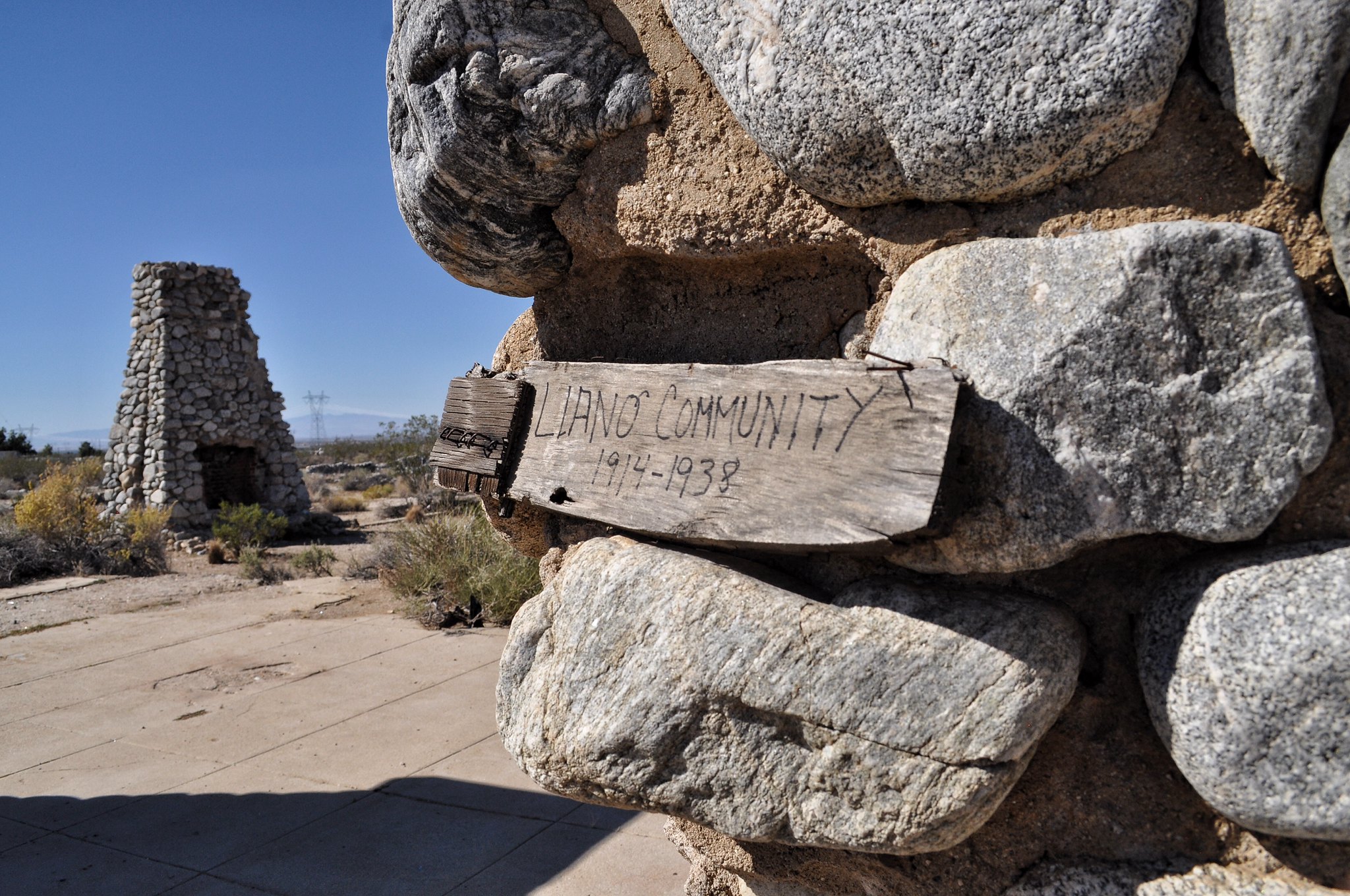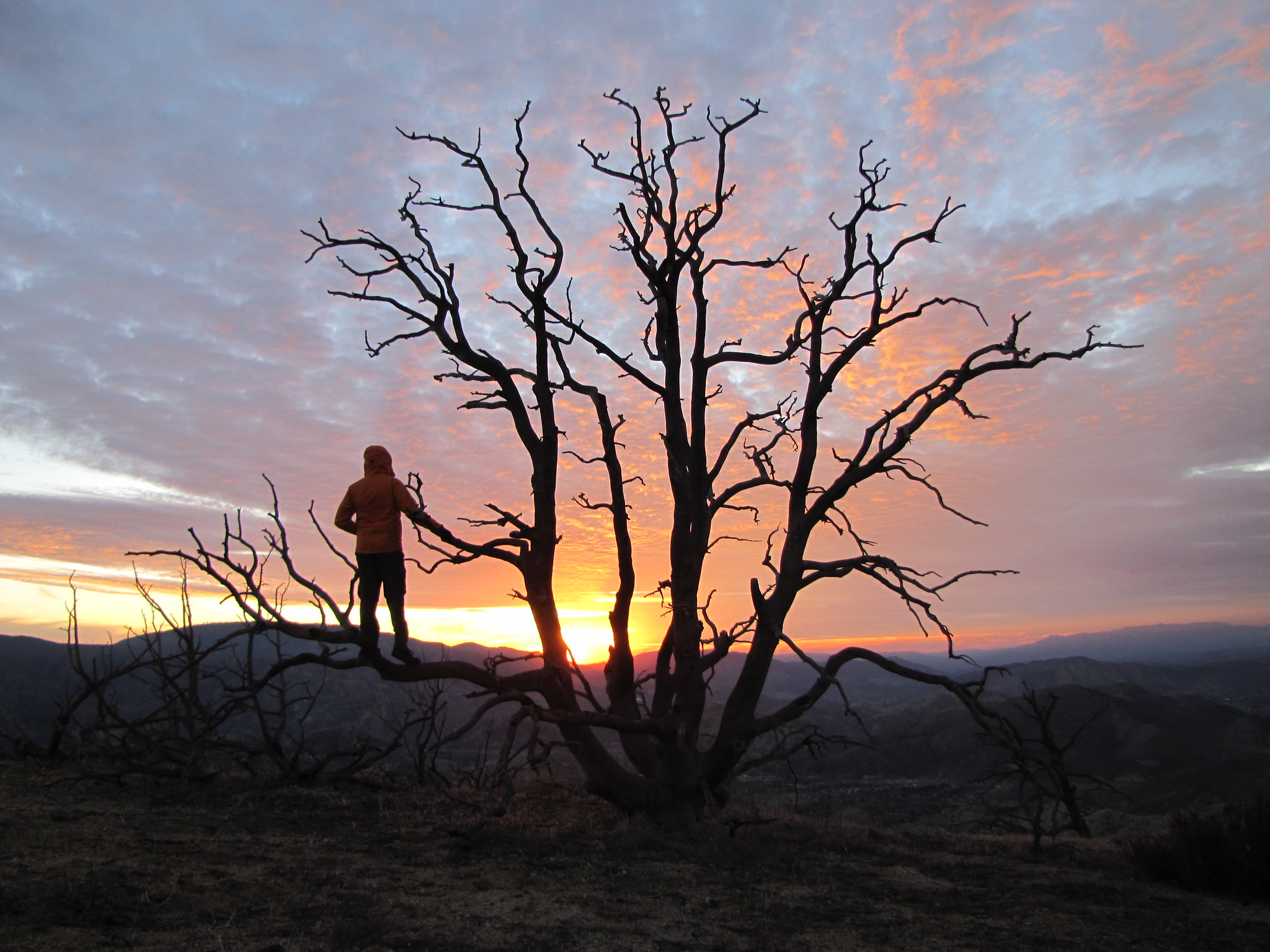Sierra Pelona Lookout
Agency: Angeles National Forest
Dates: 1932-1980s
Tower: Battered, open galvanized steel angle iron K-brace tower, 30ft
Cab: C3- USFS Region 5 1934 standard 14′ X 14′ wood cab (BC-301 series)
Status: Demolished
Elevation: 4850 ft
Topo Map: USGS Sleepy Valley; Ritter Ridge
Coordinates: 34.5606, -118.3564
Trail reports: NobodyHikesinLA
Windy Sierra Pelona ridge is crisscrossed by OHV roads and trails with far-reaching vistas of surrounding peaks, the desert and pastoral rolling hills. These extensive views were the reason a fire lookout was once built here. The tower measured at 30-40 feet tall and was part of the Newhall District beginning in 1932. It is unclear why and when the tower was removed. Newspaper articles place the lookout as still existing in the 1980s…
 Sierra Pelona tower. Credit: National Museum of Forest Service History
Sierra Pelona tower. Credit: National Museum of Forest Service History
 The lookout first appeared on this Mint Canyon Topo Map from 1932.
The lookout first appeared on this Mint Canyon Topo Map from 1932.
One of the numerous OHV routes leads directly to the site of the former lookout tower, ushering in traffic from dirt bikers and jeeps (and hardly a hiker). Today only a few concrete slabs remain of the historic lookout.
A few staff of the lookout included Ross Lewis in 1938, Irving Fritzen in 1949, Mrs. Ethel R. Babcock in 1953, Wilton A. Casparis in 1961, Claudia Wilson in 1974, and Cal Bedient in 1976.
 Ethel R. Babcock at Sierra Pelona Lookout, From Valley Times, 1953
Ethel R. Babcock at Sierra Pelona Lookout, From Valley Times, 1953
 Cal Bedient at Sierra Pelona Lookout, 1976
Cal Bedient at Sierra Pelona Lookout, 1976
 Sierra Pelona Lookout, 1940
Sierra Pelona Lookout, 1940

 Likely the footings of the tower. The lookout would often report on recorded gusts of wind up to 100 mph!
Likely the footings of the tower. The lookout would often report on recorded gusts of wind up to 100 mph!
Etc. Exploration
Near the former lookout site, there is a large outcropping of stone known as “ribbon rock” because of its unusual stratification.
 Precambrian rock?
Precambrian rock?
 Mountain climbers examining Pre-Cambrian Rocks near Sierra Pelona Lookout, 1930. Credit: USC
Mountain climbers examining Pre-Cambrian Rocks near Sierra Pelona Lookout, 1930. Credit: USC
Following the crest of the Sierra Pelona east, the PCT eventually snakes its way across, winding through Bear Springs down to Bouquet Canyon.
 One of the many ways to climb up to the Sierra Pelona Ridge.
One of the many ways to climb up to the Sierra Pelona Ridge.
 Rolling green hills in the spring.
Rolling green hills in the spring.
An old trail named the Big Tree Trail once led to the world’s largest recorded canyon live oak (at 37 feet tall, 4 feet thick). However a fire damaged most of the tree decades ago so only it’s burned hulk remains.



 Big Tree Trail on a 1930s map. Now long extinct, except maybe for the upper part.
Big Tree Trail on a 1930s map. Now long extinct, except maybe for the upper part. The remaining light on Bouquet Reservoir
The remaining light on Bouquet Reservoir


